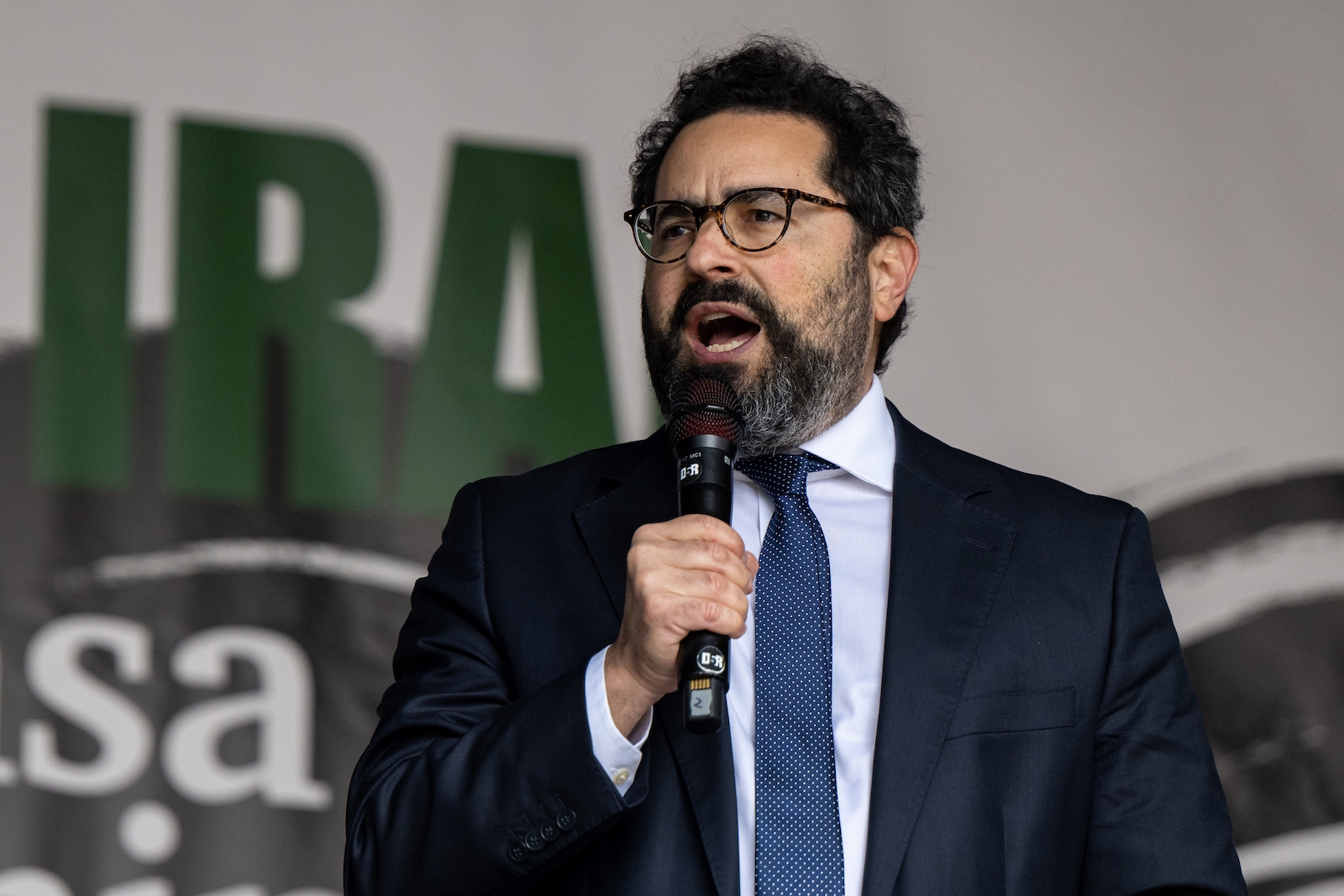
Hillel Neuer’s Lone Rebuttal of Gaza Famine Evidence
How does UN Watch executive director Hillel Neuer’s dismissal of the UN-backed IPC famine findings in Gaza compare with the broad consensus of WHO, UNICEF, FAO, WFP, and major humanitarian groups that have affirmed famine conditions since August?
Short answer: it’s an outlier—at odds with what field agencies, epidemiologists, and frontline responders describe.
Appearing on Sky News, Neuer rejected the famine designation outright. “No, this is a fabricated report,” he said. “Let’s be clear, there is suffering in Gaza. There are problems with humanitarian needs, but there is not famine. There are objective measures and standards that are used normally to determine if there’s famine, and in this report, it was motivated, politically motivated, to fabricate a finding of famine.” He added a broader charge: “These are Hamas claims laundered by a UN-backed report,” implying the process and the authors were compromised.
Those accusations raise testable questions. Is Gaza in famine under the IPC’s technical thresholds? Was the analysis objective and conducted in good faith? Are the findings independent—or, as Neuer alleges, “Hamas-influenced”? And where does the balance of external evidence land: with Neuer’s critique, or with the Integrated Food Security Phase Classification (IPC), the multi-agency system for assessing food-insecurity severity?
The IPC reported that famine thresholds had been met in the Gaza Governorate as of August 15. By late September 2025, its models projected famine conditions expanding southward to Deir al-Balah and Khan Younis.
The scale was stark: more than half a million people in Catastrophe (IPC Phase 5), 1.07 million in Emergency (IPC Phase 4), and roughly 396,000 in Crisis (IPC Phase 3), with numbers expected to rise by the end of September.
Child and maternal malnutrition projections were equally grim through June 2026: an estimated 132,000 children under five facing acute malnutrition, about 41,000 of them severely so; alongside roughly 55,500 pregnant and breastfeeding women needing urgent nutrition support.
The IPC also recorded non-trauma mortality at famine levels in the Gaza Governorate. Conditions in North Gaza were assessed as likely severe or worse, though gaps in data prevented a definitive phase classification. Rafah was excluded because of depopulation. Given the collapse of surveillance systems, these totals may understate the true toll.
Why Conditions Deteriorated
Multiple drivers converged: escalating conflict and mass displacement; a collapse in humanitarian food deliveries from March to April; steep declines in local production; aid interceptions; and spiraling prices. At the same time, water and sanitation deteriorated, disease outbreaks multiplied, and monitoring systems buckled—conditions that can obscure the real number of non-trauma deaths. Against that backdrop, the IPC urged immediate, large-scale, unobstructed multi-sector assistance and an immediate ceasefire.
If Neuer’s account were correct, one would expect meaningful dissent from technical bodies and frontline responders. Instead, the opposite has happened. The World Health Organization, UNICEF, the Food and Agriculture Organization, and the World Food Programme have aligned with the IPC’s findings. So have major humanitarian and medical organizations, including the International Rescue Committee, the Red Cross and Red Crescent Movement, The Lancet, the United Nations Relief and Works Agency for Palestine Refugees, Médecins Sans Frontières, the UN Office for the Coordination of Humanitarian Affairs, the Famine Early Warning Systems Network, and the British Red Cross.
The only formal rebuttal has come from the Government of Israel. No comparable international organization has produced a technical counter-assessment that displaces the IPC analysis or the agency consensus around it.
Neuer’s rejoinder hinges on motive: that the famine designation is “fabricated,” “politically motivated,” and the product of tainted authorship. Those allegations are not supported by independent evidence, nor do they square with the convergence of public-health and humanitarian institutions that often disagree on policy but not on famine thresholds. The more plausible reading is not that the IPC invented famine where none exists, but that its determination follows the available indicators: mortality, malnutrition, and the collapse of essential systems that, together, meet the criteria.
“There is no famine,” Neuer maintains. The preponderance of evidence points the other way. On method, on data, and on corroboration across agencies, he is isolated not because of anti-Israeli bias but because the record contradicts him: Gaza meets famine criteria, and relief must be immediate and unhindered.
